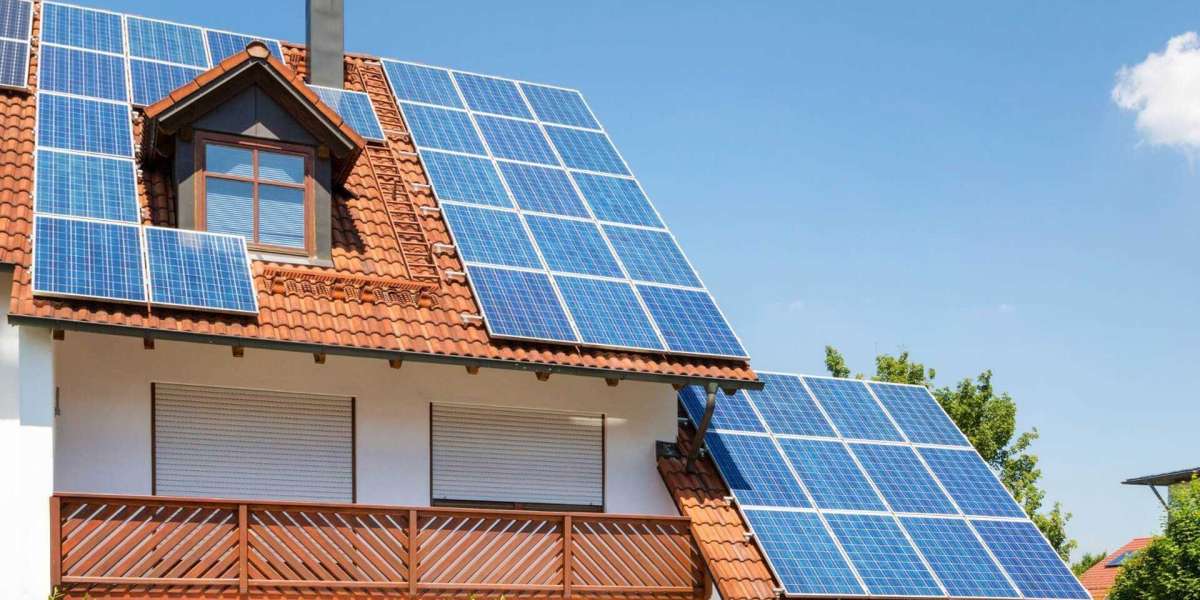The 48 volt battery management system (BMS) determines the status of the entire battery system by detecting the status of each individual cell in the Li-ion battery pack, and implements corresponding control adjustments and strategies for the Li-ion battery system based on their status to achieve charge and discharge management of the Li-ion battery system and each individual cell to ensure safe and stable operation of the Li-ion battery system.
48V Lithium Battery BMS Features
Lithium-ion battery management system consists of management host (CPU), voltage and temperature collection module, current collection module and communication interface module.
It can detect and display the total voltage, total current and reserve power of the lithium-ion battery pack; the voltage of any single cell and the temperature of the battery box; the highest and lowest single cell voltage and cell number, the highest and lowest temperature, and the charge and discharge amount of the battery pack.
The lithium-ion battery host also provides alarm and control output interface for over-voltage, under-voltage, high temperature, low temperature, over-current, short circuit and other limit conditions.
RS232 and CAN bus interfaces are provided to read all the information on the Li-ion battery management system directly on the computer.
48V Lithium ion Battery use Precautions
Lithium-ion battery stored for a long time without use, should be maintained at 50%-60% charge state, should be replenished once every 3 months, and should be charged and discharged once every six months.
- During transportation, care should be taken to prevent moisture and humidity, and avoid extrusion and collision to avoid damage to the lithium-ion battery.
In low temperature, it should not be lower than 0°C. Storage at a temperature of 5°C to 10°C is optimal.
Prohibit the use or placement of lithium-ion batteries under high temperature (hot sunlight or very hot car), otherwise it may cause battery overheating, fire or functional failure, shortened life.
Prohibit storage in places with strong static electricity and strong magnetic fields, otherwise it is easy to destroy the battery safety protection device, bringing unsafe hidden danger.
If the lithium-ion battery emits an odor, heat, discoloration, deformation or any abnormalities occur during use, storage or charging, immediately remove the battery from the device or charger and discontinue use.
In the case of lithium-ion batteries, a monthly power loss of 3% to 5% is possible. Self-discharge is temperature dependent and will be higher as the temperature rises.
Complete discharge is the "squeezing" of a battery until it no longer produces any current. Squeeze out any current. In this case, the voltage will drop to 0 volts. If this state is maintained. A chemical reaction occurs at the electrodes of the battery, rendering it partially or completely unusable.
Lithium-ion batteries can be used in the temperature range of 10°C to +55°C. However, charging can only be done at a battery temperature of +5°C to +45°C.
48V Lithium-ion Battery Can Not Be Charged into How To Do?
Whether the solar panel output parameters are normal, voltage, current, etc.
Whether the charger line is normal, whether the connector is disconnected
Whether the 48V lithium battery is bad, you can test whether the open circuit voltage of the battery is normal.
Consult the lithium battery manufacturer.



